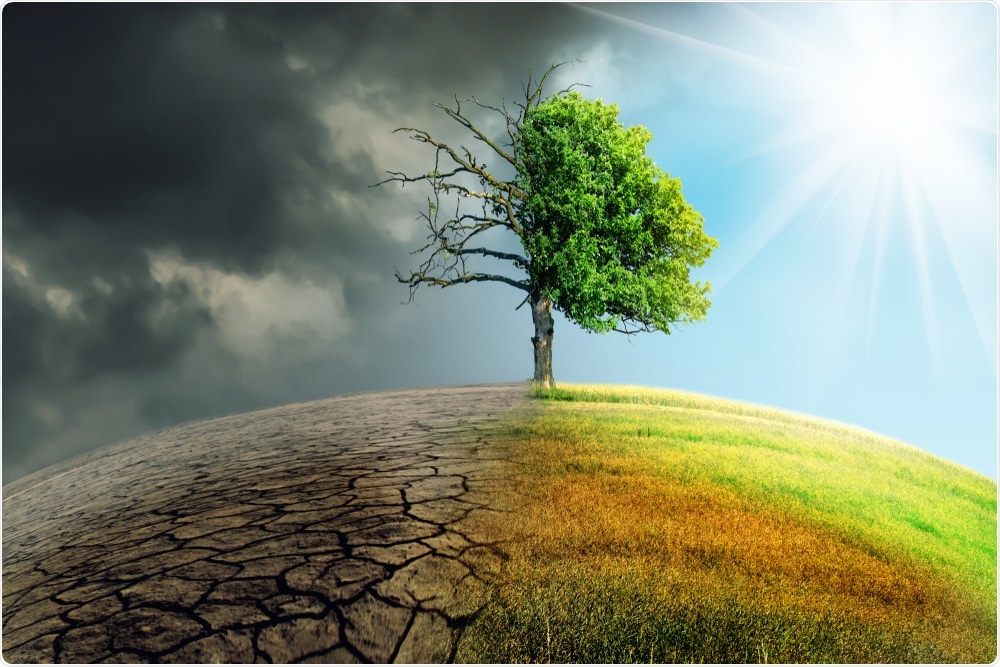Researchers have long presumed that microorganisms—with their wide distribution patterns—were not much influenced by climatic changes compared to plants and animals that often present highly restricted distribution areas.

Image Credit: Sepp photography/Shutterstock.com
An international team of researchers headed by Ghent University and Meise Botanic Garden investigated fossils of Antarctic microorganisms and showed that this assumption is not true.
Nearly 20 million years ago, during the Early Miocene, the Antarctic Continent had a temperate to subpolar climate. The continent was predominantly covered with tundra vegetation and forests. This condition suddenly changed when the continent started to cool down fast 14 million years ago, with ice sheets expanding over Antarctica, and plants and animals going extinct on a huge scale.
A diverse Miocene flora of diatoms
The team analyzed diatoms in 14- to 15-million-year-old Antarctic lake sediments that were deposited exactly before the start of the great Miocene cooling. Diatoms, one of the most diverse and ecologically significant algal groups in the world, can easily fossilize as their cell is made of amorphous glass.
Surprisingly, the researchers found over 200 species of diatoms in the sediments. Almost every species was new to science. Therefore, the team then analyzed the lake sediments at the genus level—the classification above the species level.
They found that the species composition in Miocene Antarctica was very different from the current diatom flora traits of Antarctica, which has relatively fewer species. Rather, the Miocene diatom flora exhibits similarities with species-rich floras found at present in warmer regions of the southern hemisphere, like Australia, South America, and New Zealand.
From the findings, the team concluded that the Miocene diatom flora has mostly vanished in Antarctica because of the major climate changes 14 million years ago. The researchers hypothesize that the highly species-poor diatom flora characteristic of present-day Antarctica evolved from the handful of survivors of the Miocene flora and new settlers adapted to cold conditions.
Extinction waves due to climate change
The researchers explain that extensive climate changes, for example, those in Miocene Antarctica, could have drastic impacts on microorganisms and may cause large-scale extinction waves. Micro-organisms have a vital role in the healthy functioning of ecosystems; therefore, it is vital to gain better insights into the effect of a changing climate and environment on their diversity.
Source:
Journal reference:
Pinseel, E., et al. (2021) Extinction of austral diatoms in response to large-scale climate dynamics in Antarctica. Science Advances. https://doi.org/10.1126/sciadv.abh3233.